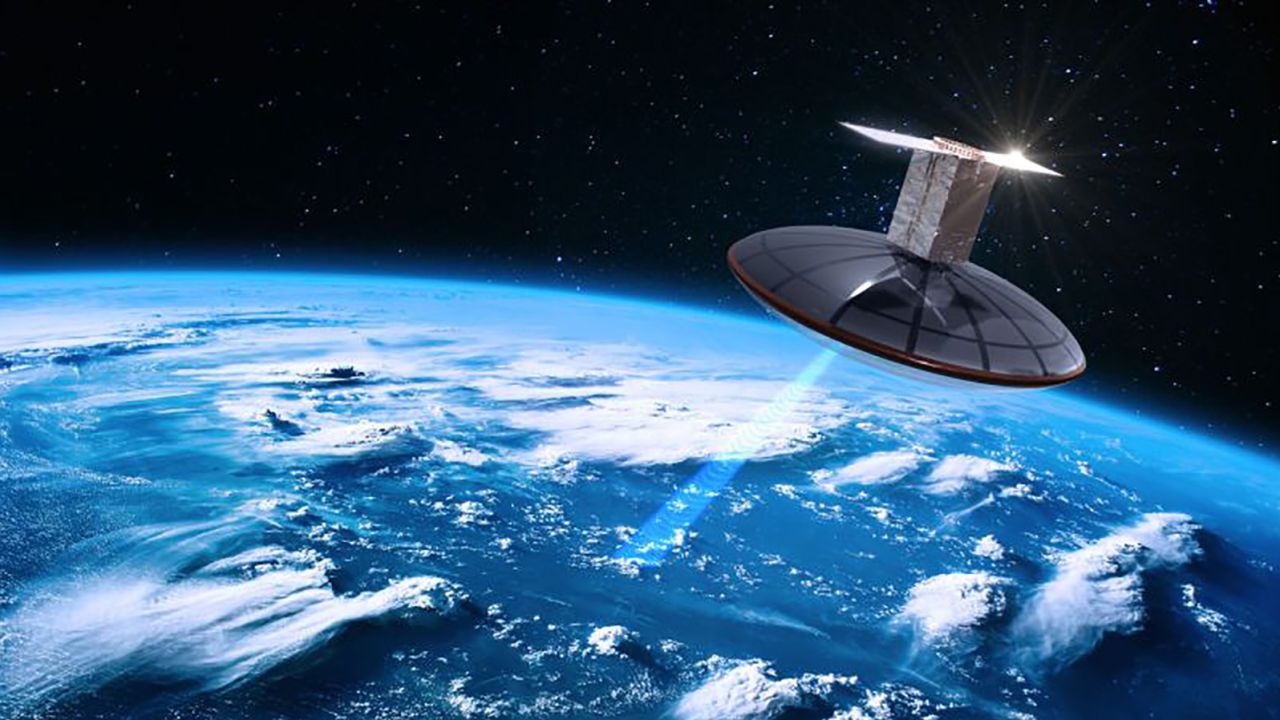The International Telecommunication Union now has more than a million applications from different countries for the launch of satellites. Researchers suspect that most of them will never fly into space, for one reason or another. However, the disorder in this area is seriously worrying scientists.

Millions of satellites in Earth orbit
Now there are tens of thousands of satellites of various purposes in the Earth’s orbit. There are already so many of them that they threaten the next launches. However, their number may soon grow to a million. At least, this conclusion can be drawn from the latest study by a scientist from the University of British Columbia.
In order to assess the general state of things, they turned to the documents submitted to the International Telecommunication Union (ITU). It is an organization within the UN that is responsible for the selection of places to house citizens in orbit. Therefore, each state must submit documents.
And in recent years, 115 times more of these documents have been submitted than there are currently spacecraft in Earth orbit. In total, this is more than a million satellites distributed across 300 “megaconstellations”.
“If even a portion of these million satellites are actually launched, national and international rules will be needed to address the associated sustainability challenges, like collision risks, light pollution, and reentry risks,” said Andrew Falle, one of the study’s authors.
Not all satellites will launch
In fact, most of the submitted applications seem quite strange. For example, if you believe the ITU, then the largest “constellation” of Starlink satellites today, which has 5 thousand satellites, will soon cease to be such. Because it will be easily bypassed by Cinnamon-937 from Rwanda. There should be 337,320 spacecraft in its composition.
And such large constellations, at least according to the documents, should also be created by China, Germany, Spain, Norway, France and the Solomon Islands. And this leads researchers to believe that not all of these satellites will eventually be launched because, for some reason, these countries take up more space than they need.
This is partly done in order to benefit from different regulations between countries and minimize oversight. It looks like companies are applying for the same group through different countries. For example, Norway, Germany and the United States registered licenses for SpaceX, while OneWeb applications were registered by the U.K., France and Mexico. On October 11, SpaceX first submitted an application to ITU through the Kingdom of Tonga for a group of 29,988 satellites.
What threatens us
The authors of the study understand that most of the submitted applications will most likely never be implemented for technical, political or financial reasons. However, no one will give guarantees that all these satellites will not be in orbit anyway.
In addition, researchers are much more concerned about the disorder reigning in this area, which may hinder the sustainable development of the space industry, than the possible number of satellites. ITU has already tried to streamline its work.
Back in 2019, a rule was adopted according to which 10 percent of the grouping should be deployed within 2 years after the launch of the first satellite, 50 percent of the grouping should be deployed within 5 years, and it should be fully launched in 7 years. However, it seems that some new solution should appear soon.
According to www.space.com
Follow us on Twitter to get the most interesting space news in time
https://twitter.com/ust_magazine
